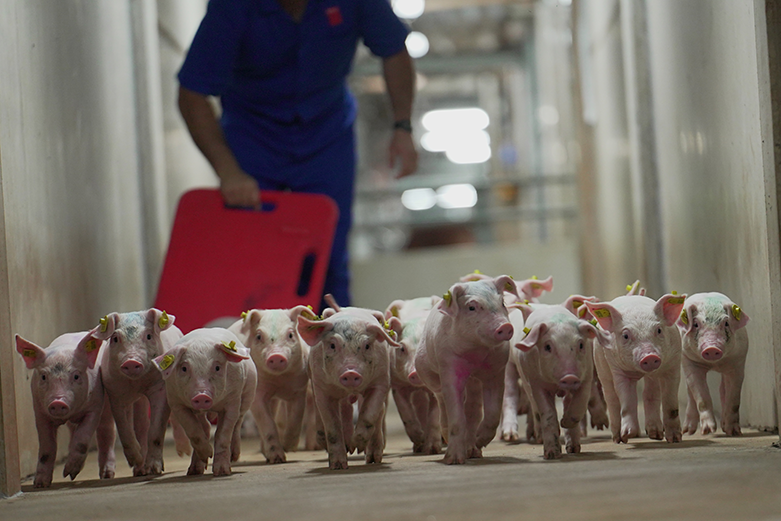The introduction of electronic feeding machines (ESF) has been a breakthrough in individualizing feeding on our farms. Their use, combined with tools that measure the body condition of the sows, allows us to perform precision feeding, designing feeding curves according to the age and body condition of the animals. They also allow us to know instantly and remotely how much and when each of our sows eat.
PIC’s Comments
This following review is based on: Vier, C. M.; Gonçalves, M. A.; Thomas, L. L.; Woodworth, J. C.; Goodband, R. D.; Dritz, S. S.; Tokach, M. D.; and DeRouchey, J. M. (2016) “Gilt Training for Electronic Sow Feeding Systems in Gestation,” Kansas Agricultural Experiment Station Research Reports: Vol. 2: Iss. 8.
In the case of ESF, a critical moment is learning, which usually takes place from 80-100 kg, depending on the type of system. Having well-trained gilts will reduce stress levels in confirmed gestation and will help us to successfully complete the gestation.
There are two main types of ESF systems on the market: tunnel systems, in which the training of the gilts is mandatory; and self-catching boxes, in which the training is “optional”. In the latter, the installation is somewhat more intuitive for the animals.
In any of the systems, most of the animals learn perfectly well with a couple of weeks of training. It should be noted that in most cases, the training facility is limited to an almost identical structure but without electronics. Instead of an electronic feeder, a hopper is often used.
For an agile and successful training, the following recommendations should be considered:
- The density of animals per machine should be lower during training.
- The personnel in charge should have a calm profile and be observant. They should receive adequate training.
- The facility should be designed to facilitate the work of training.
In summary, as in many other aspects, the young animals are our productive future on the farm, so we must ensure that their training to the electronic feeding machines is as agile and less stressful as possible.
Originally published at “Investigación Comentada – SUIS”




